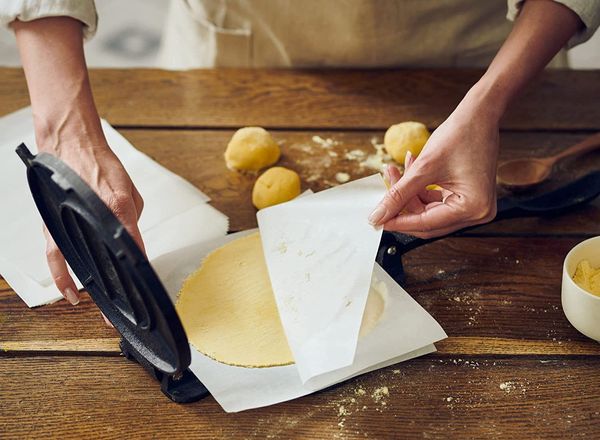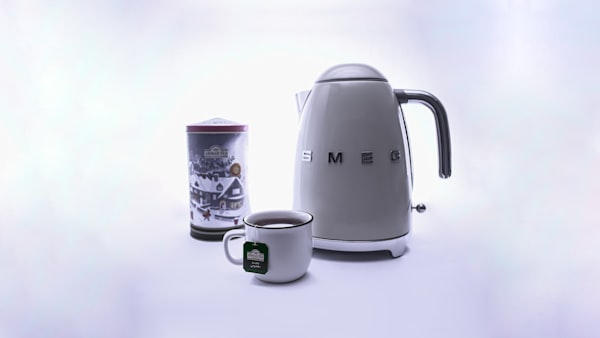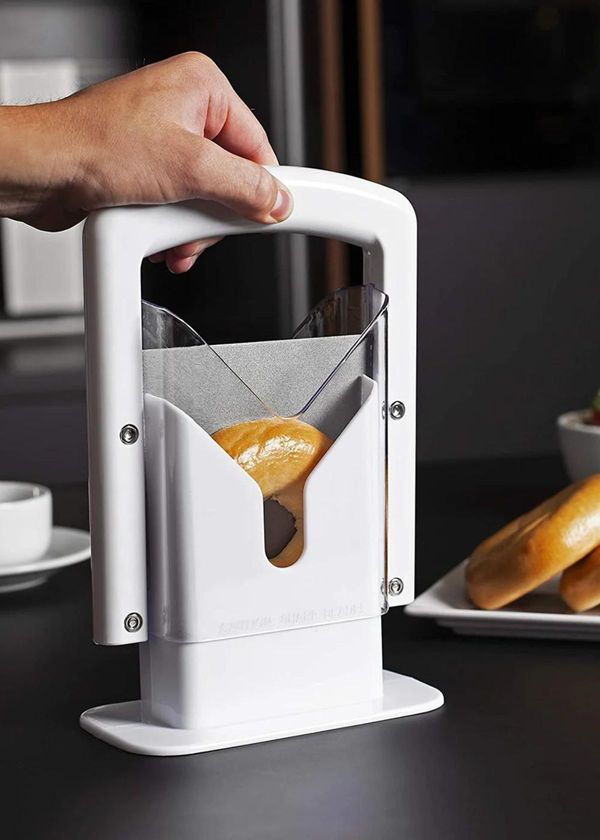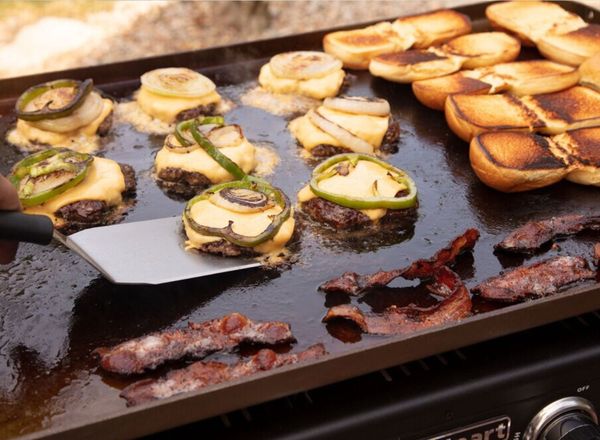A kitchen faucet is one of the most-used appliances in your home, so it’s important to have one that not only looks good but also works well. If your current faucet is starting to show its age or is in need of repairs, it might be time for an upgrade. Don’t worry – this is a quick and easy DIY project that you can do in just a few hours. Keep reading to learn how to upgrade your kitchen faucet in 5 easy steps!
Step One: Select Your New Faucet
The first step is to select your new faucet. There are a wide variety of styles and finishes available, so take some time to browse and find one that fits both your taste and your budget. Once you’ve made your selection, it’s time to move on to step two.
Step Two: Shut Off the Water Supply
Before you do anything, you need to make sure the water supply to your kitchen sink is turned off. Usually, there will be a shut-off valve located underneath the sink. If you can’t find it there, try checking the main water shut-off valve for your entire home. Once the water is turned off, you can move on to step three.
Step Three: Remove the Old Faucet
Now it’s time to remove the old faucet. Start by unscrewing the nuts or bolts that hold the faucet in place (usually there will be two of them). Next, disconnect any hoses or supply lines that are connected to the faucet. Once everything is disconnected, you should be able to remove the old faucet entirely. With the old faucet out of the way, you can now move on to step four.
Step Four: Install the New Faucet
Now it’s time to install your new faucet! Start by connecting any hoses or supply lines to the new faucet according to manufacturer instructions. Next, fit the new faucet into place and use bolts or nuts to secure it into position (again, following manufacturer instructions). Once everything is tight and secure, you can turn on the water supply and test out your new faucet! All that’s left now is step five.
Step Five: Clean Up
Once you’ve confirmed that your new faucet is working properly, it’s time for a little cleanup. Be sure to put all tools and spare parts away so they don’t get lost or damaged. Then, clean up any messes that were made during installation. Once everything is shipshape again, congratulations – you’ve just successfully upgraded your kitchen faucet!
Common Problems with Kitchen Faucets and How to Fix Them
Even the best kitchen faucets can develop problems over time. These problems range from annoying drips to complete loss of water pressure. Luckily, most kitchen faucet problems are relatively easy to fix. In this blog post, we'll take a look at four common kitchen faucet problems and how to fix them.
Problem #1: A Leaky Faucet
One of the most common kitchen faucet problems is a leaky faucet. If your faucet is dripping or leaking, it's likely that the O-ring—a small rubber ring that seals the connection between the valve seat and the spout—needs to be replaced. To do this, simply remove the handle of the faucet and unscrew the retaining nut that holds the O-ring in place. Once you've done this, you can replace the O-ring and screw the retaining nut back in place.
Problem #2: A Sticky Faucet Handle
Another common problem is a sticky faucet handle. This can often be caused by mineral buildup on the inside of the valve seat. To fix this problem, simply remove the handle of the faucet and unscrew the retaining nut that holds the valve seat in place. Once you've done this, you can clean out any mineral buildup with a toothbrush or similarly stiff brush. Be sure to rinse away all traces of cleaner before screwing the valve seat back in place and reattaching the handle.
Problem #3: Poor Water Pressure
If you're experiencing poor water pressure, it's likely that there is sediment buildup in your water lines. The best way to clear out sediment buildup is to flush your water lines. To do this, simply turn off your main water supply valve and open all of your taps until they run completely dry. Once all of your taps are dry, turn your main water supply valve back on and wait for a few minutes until water begins flowing from your taps again. You may need to repeat this process several times before all traces of sediment are removed from your water lines.
The Different Types of Kitchen Faucets Available
When it comes time to upgrade or replace your kitchen faucet, you need to know all of the different types of faucets available on the market and what their benefits are. Not all faucets are created equal! In this blog post, we'll give you a rundown of the most popular types of kitchen faucets and help you choose the perfect one for your needs.
1. Standard Faucet
A standard kitchen faucet is a great option if you're looking for a budget-friendly option that will get the job done. Standard kitchen faucets are usually made from brass or other metals and have a simple design with one handle that controls both the hot and cold water.
2. Pull-Out Faucet
A pull-out kitchen faucet is a great option if you're looking for something that's both stylish and functional. Pull-out faucets have a long, flexible hose that allows you to easily reach every corner of your sink. They also usually have two handles, one for hot water and one for cold water.
3. Touchless Faucet
A touchless kitchen faucet is a great option if you're looking for something that's both stylish and functional. Touchless faucets have a sensor that turns the water on and off with just a wave of your hand. They're perfect for busy families who don't have time to waste!
4. Wall Mounted Faucet
A wall mounted kitchen faucet is a great option if you're looking for something that's both stylish and functional. Wall mounted faucets are mounted directly to the wall above your sink. They're perfect for small kitchens where every inch counts!
5. Dual Handle Faucet
A dual handle kitchen faucet tis a great option if you're looking for something that's both stylish and functional. Dual handle faucets have two handles, one for hot water and one for cold water. They're perfect for busy families who need to be able to control both the hot and cold water at the same time!
Are expensive faucets better?
You may be wondering if it’s worth spending extra on a high-end model. Let’s take a closer look at the pros and cons of expensive faucets to help you make an informed decision.
The Pros of Expensive Faucets
If you buy a quality expensive faucet, it will likely last much longer than a cheap one. Not only that, but it will also probably work better. For example, an expensive faucet may have a higher flow rate or be easier to operate. Additionally, many expensive faucets come with a warranty, which can save you money in the long run if something goes wrong.
The Cons of Expensive Faucets
Of course, there are also some drawbacks to consider when deciding whether to splurge on an expensive faucet. The biggest downside is the initial cost. Quality faucets can be quite pricey, and if you’re on a tight budget, that may not be an option. Additionally, even though an expensive faucet may have a longer lifespan than a cheap one, it will eventually need to be replaced regardless.
Which is better pulldown or pull out kitchen faucet?
Both have their advantages and disadvantages, so it's important to know which one is right for your needs. In this blog post, we'll break down the key differences between pulldown and pullout faucets so that you can make an informed decision.
What Is a Pulldown Faucet?
A pulldown faucet is a type of kitchen faucet that has a spray head attached to a flexible hose. This hose can be pulled down from the faucet's base and used to wash dishes, fill pots, or rinse produce. One of the main advantages of a pulldown faucet is that it gives you more flexibility in terms of how you use your sink. With a pulldown faucet, you don't have to hold the spray head in your hand while you're using it; instead, you can simply let go and let the hose do the work. Another advantage of a pulldown faucet is that it's typically less expensive than a pullout faucet.
What Is a Pullout Faucet?
A pullout faucet is similar to a pulldown faucet in that it has a spray head attached to a flexible hose. However, the main difference is that the hose on a pullout faucet is designed to be pulled out from the base of the faucet rather than pulled down. This gives you more control over where the water goes, which can be helpful when filling large pots or washing bulky items. One downside of a pullout faucet is that it can be more difficult to use if you have limited counter space; however, many models come with adjustable hoses that can be shortened or lengthened as needed.
Conclusion
A kitchen faucet is one appliance in your home that gets a lot of use, so it’s important to have one that not only looks good but also works well. If yours isn't up to snuff anymore, follow these five easy steps to replace it with a brand-new model! In just a few hours' time, you'll have a like-new kitchen faucet that works great and looks even better – all without having to call in a professional!
Please jump over to our Home Page for more helpful Articles.











